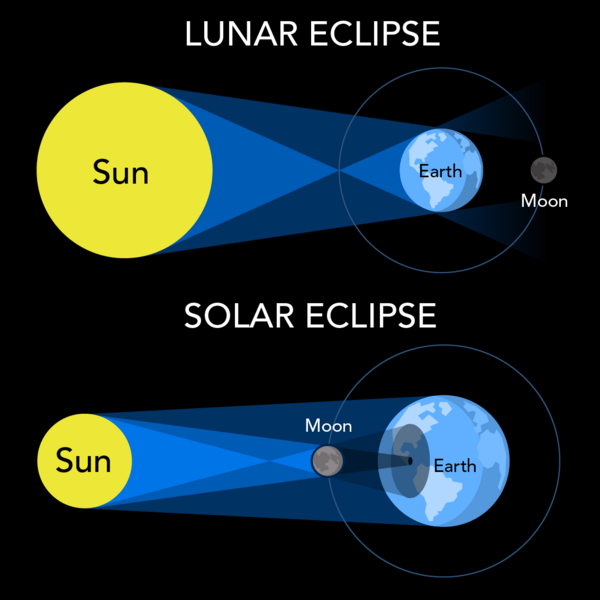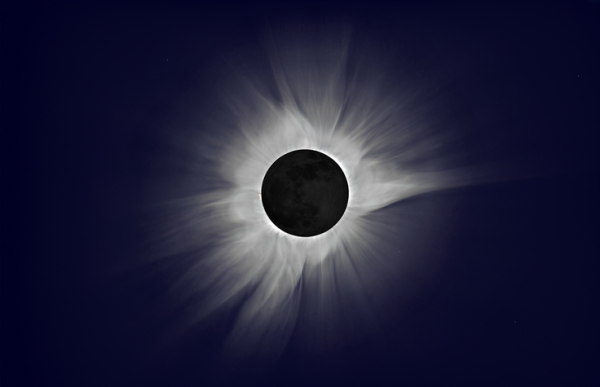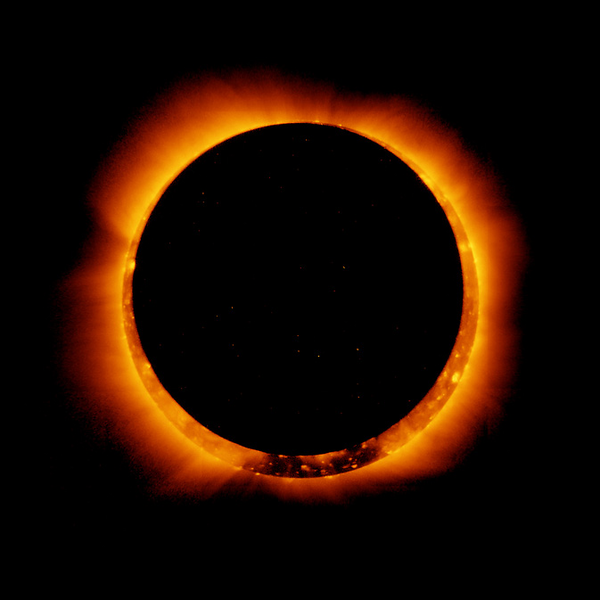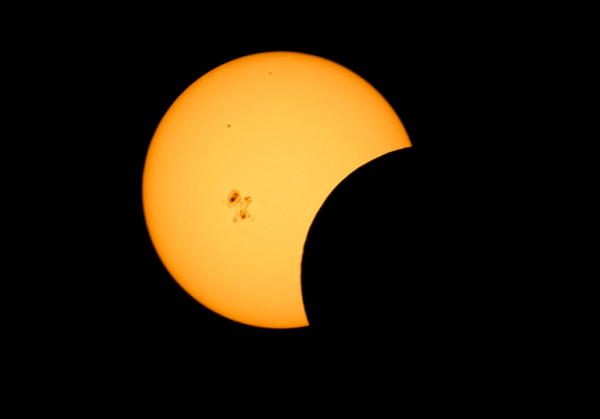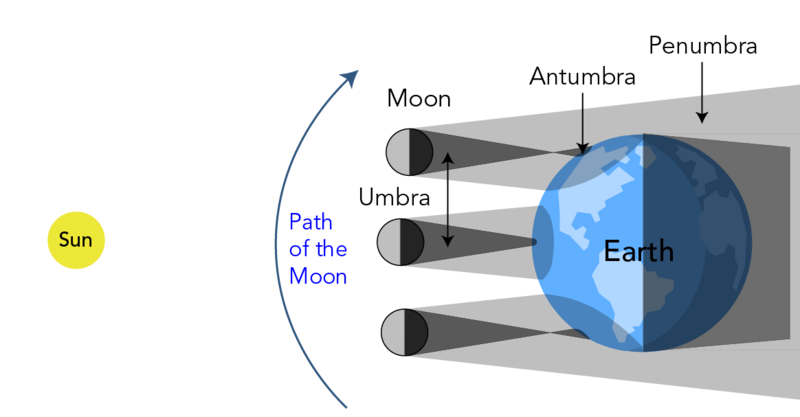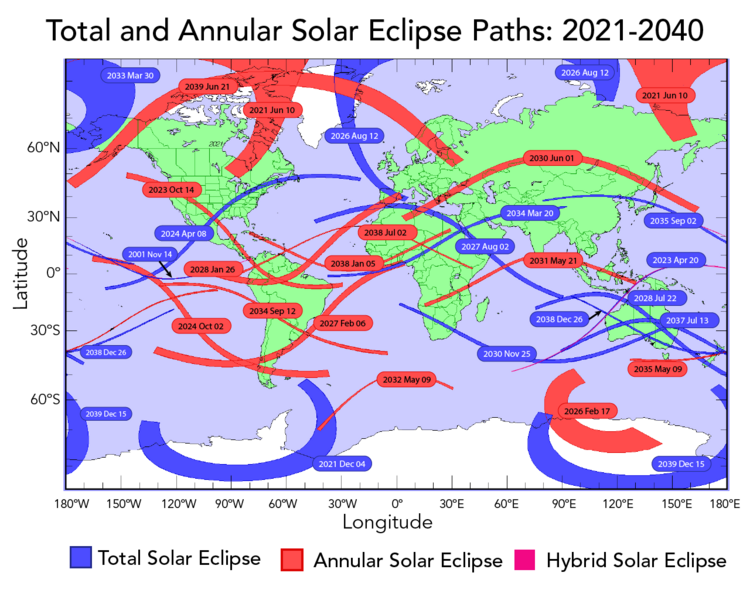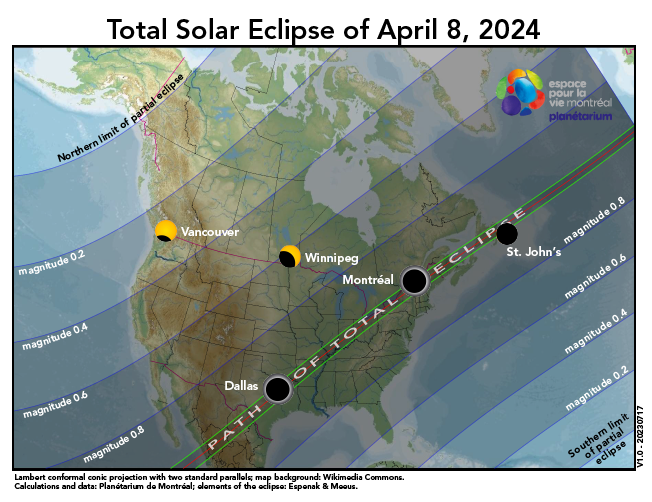Get Ready for a Total Solar Eclipse!
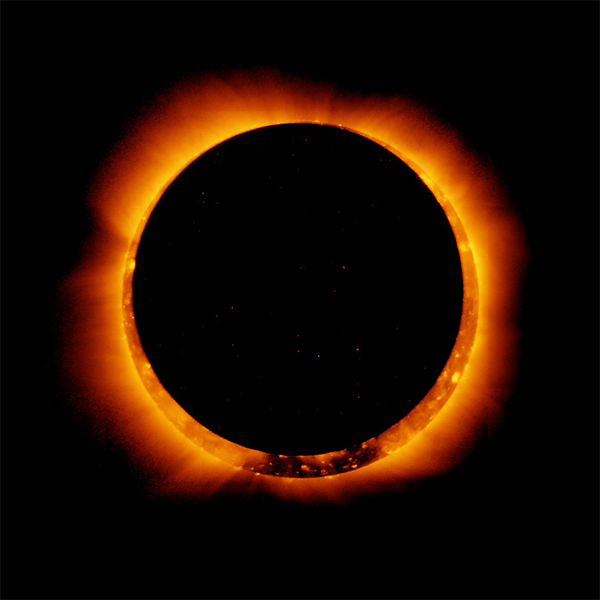
Annular solar eclipse taken by a solar optical telescope (NASA)

Annular solar eclipse taken by a solar optical telescope (NASA)
5.7
How does this align with my curriculum?
BC
6
Science Grade 6 (June 2016)
Big Idea: The solar system is part of the Milky Way, which is one of billions of galaxies.
YT
6
Science Grade 6 (British Columbia, June 2016)
Big Idea: The solar system is part of the Milky Way, which is one of billions of galaxies.
AB
6
Science 6 (2023)
Space: Understandings of the living world, Earth, and space are deepened by investigating natural systems and their interactions.
PE
6
Integrated Curriculum Grade 6: Science (Draft 2023)
DK 1.2: The solar system impacts life on earth.
PE
6
Integrated Curriculum Grade 6: Science (Draft 2023)
DK 1.2: Demonstrate an understanding of how components of our solar system influence various cycles and ways of living on Earth.
